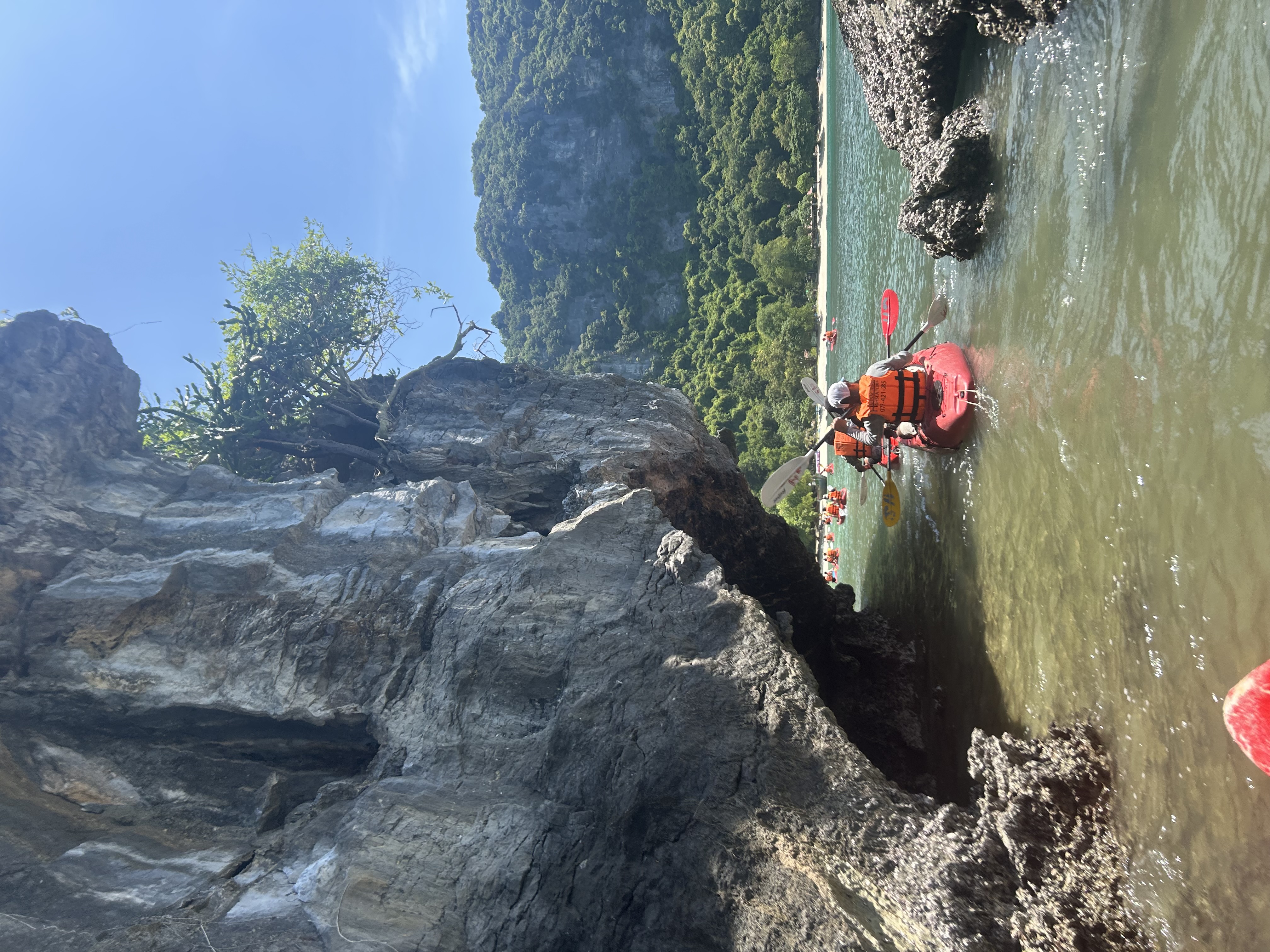chem test y11
Cards (139)
- How do ionic compounds conduct electricity when dissolved in water?
- What are solutions of ionic compounds in water called?
- What is the process of electrolysis?
- What happens to ions during electrolysis?
- What occurs at the cathode during electrolysis of molten ionic compounds?
- What occurs at the anode during electrolysis of molten ionic compounds?
- What are the products of electrolysis of molten lead bromide?
- Why are some metals extracted using electrolysis instead of carbon?
- What is produced at the cathode in aqueous electrolysis if the metal is more reactive than hydrogen?
- What is produced at the anode in aqueous electrolysis if halide ions are present?
- What is the procedure for investigating aqueous solutions using inert electrodes?
- What occurs at the anode during electrolysis?
- What occurs at the cathode during electrolysis?
- Write the balanced half equation for the reduction of lead ions in molten lead bromide.
- Write the balanced half equation for the oxidation of bromide ions in molten lead bromide.
- What defines a pure substance?
- How can mixtures be identified from melting and boiling points?
- What is chromatography used for?
- What do dots on a chromatogram represent?
- How does paper chromatography separate substances?
- What does a pure substance produce in chromatography?
- What does the Rf value represent?
- How do Rf values differ in different solvents?
- What is the procedure for paper chromatography to separate substances?
- How do you test for hydrogen gas?
- How do you test for oxygen gas?
- How do you test for carbon dioxide?
- How do you test for chlorine gas?
- How can metal ions be identified using flame tests?
- What color flame indicates lithium ions?
- What color flame indicates sodium ions?
- What color flame indicates potassium ions?
- What color flame indicates calcium ions?
- What color flame indicates copper ions?
- How does sodium hydroxide identify metal ions?
- What color precipitate does aluminium form with sodium hydroxide?
- What color precipitate does copper(II) form with sodium hydroxide?
- What color precipitate does iron(II) form with sodium hydroxide?
- What color precipitate does iron(III) form with sodium hydroxide?
- Write the balanced equation for the reaction of copper ions with hydroxide ions.
